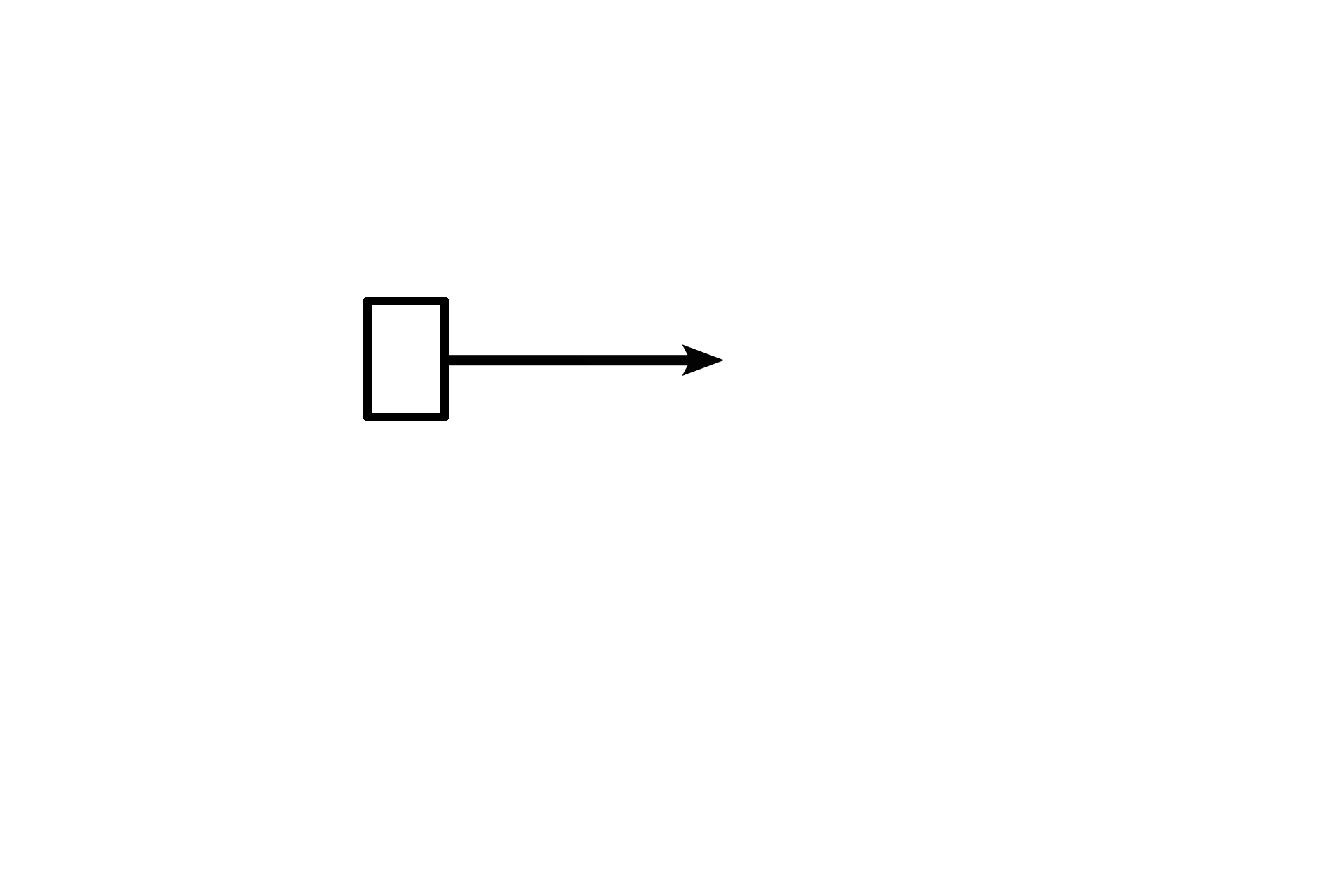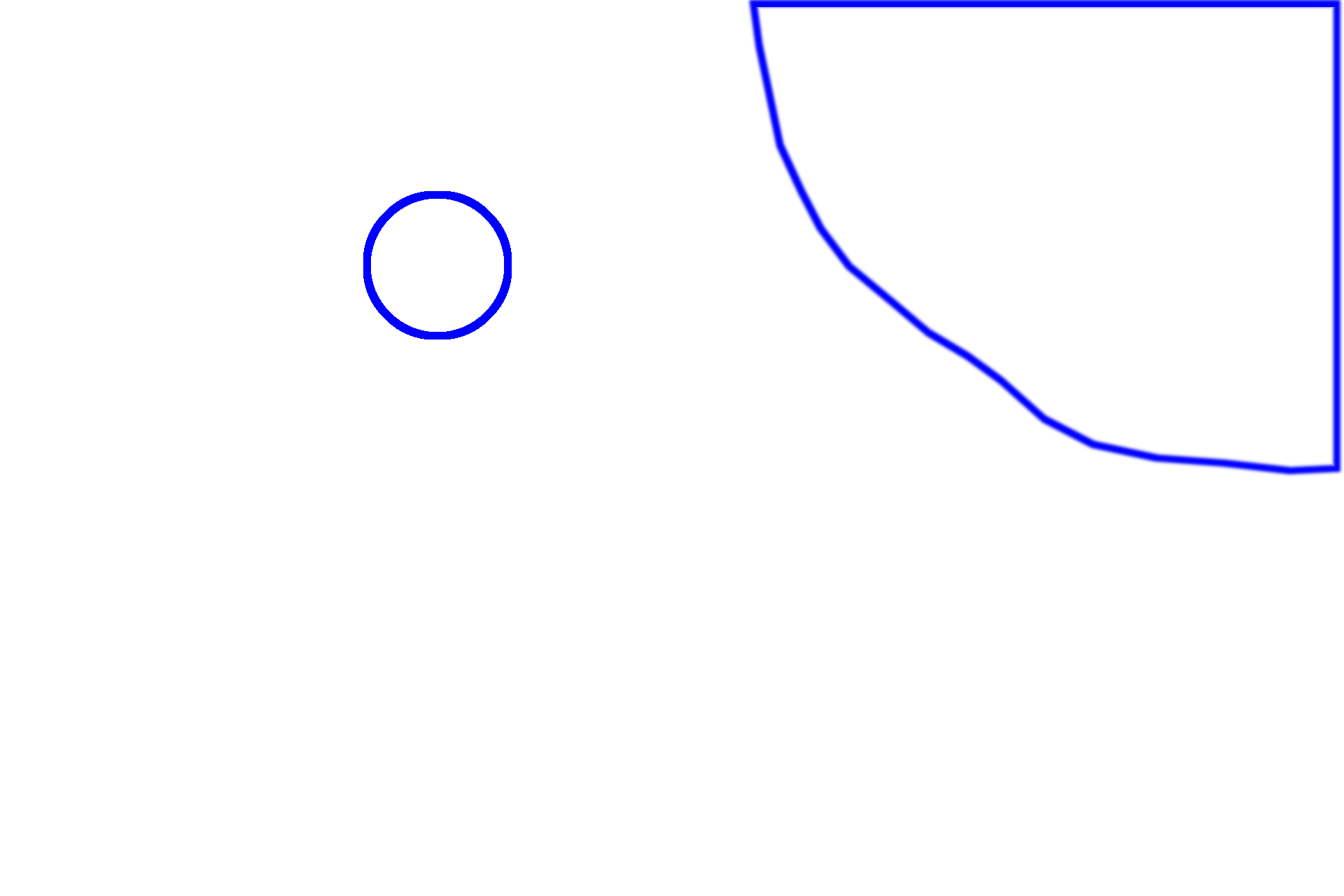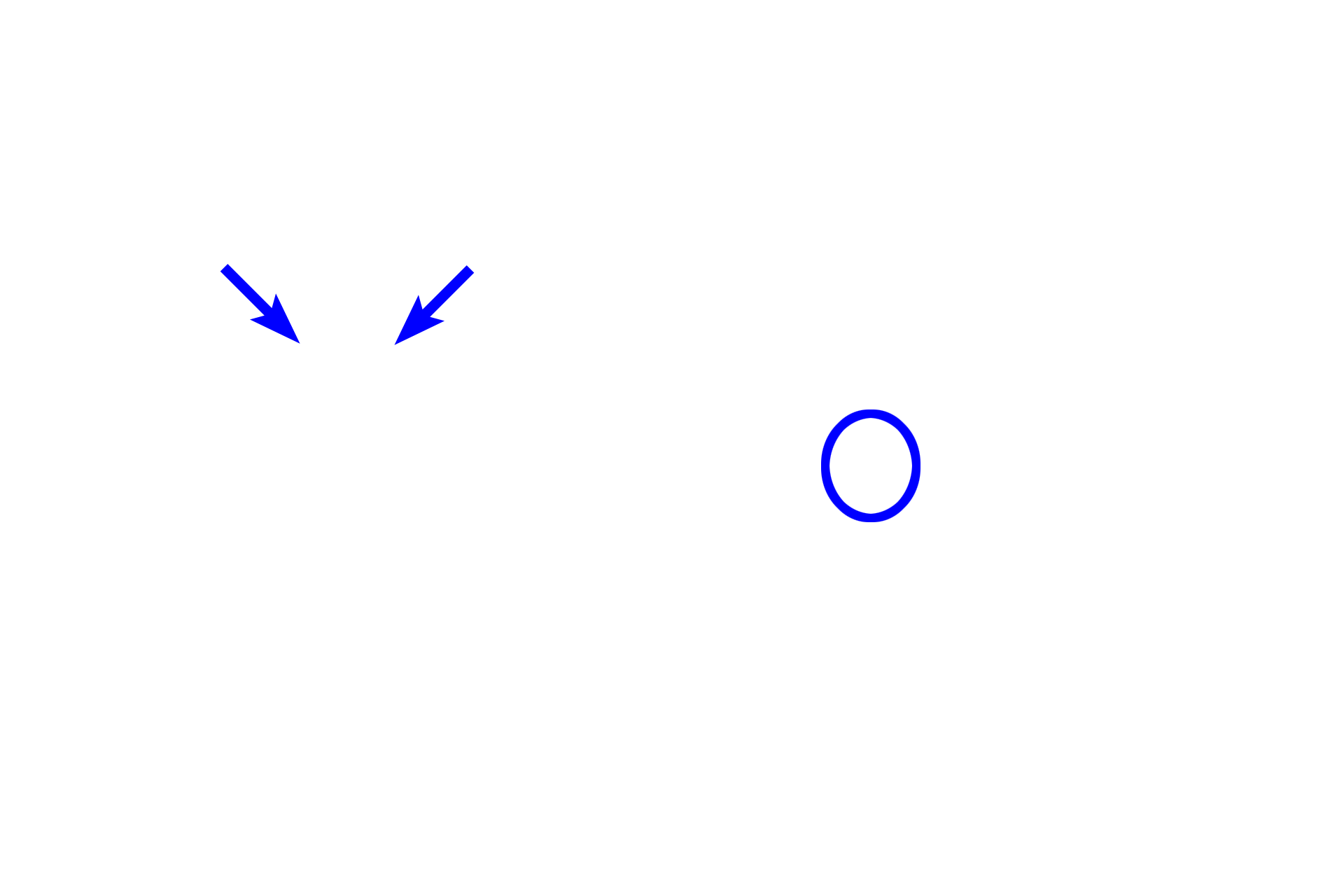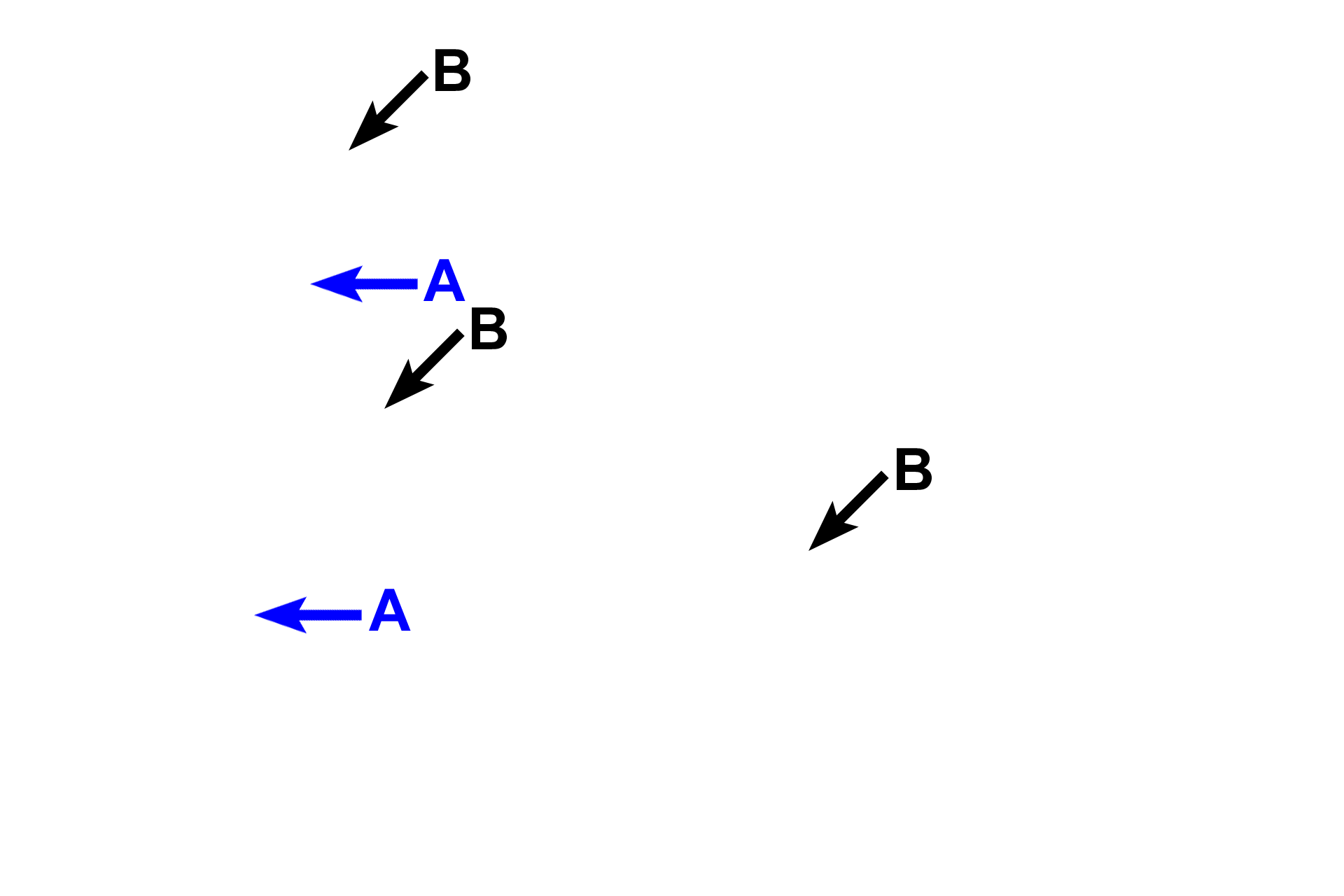
Larynx
A coronal section through the larynx displays the vocal apparatus as well as the cartilages providing support for this organ. 10x, 40x

Right image
A coronal section through the larynx displays the vocal apparatus as well as the cartilages providing support for this organ. 10x, 40x

Ventricular fold >
The paired ventricular folds (false vocal folds) lie superior to the vocal folds. The ventricular folds are normally covered by pseudostratified columnar epithelium overlying a connective tissue layer containing adipose tissue and mixed, mucoserous glands. A smooth muscle layer is lacking.

Vestibule >
The vestibule separates the two ventricular folds.

Ventricle >
The space beneath the ventricular folds is the ventricle, separating them from the vocal folds below.

Vocal folds >
Each vocal fold houses a vocalis muscle and the vocal ligament. The vocalis muscle is skeletal muscle that alters the length and tension of the fold. The vocal ligament is composed of dense regular elastic connective tissue and maintains tautness of the fold. The ligament is difficult to distinguish here because elastic fibers stain similarly to collagen with eosin. Stratified squamous moist epithelium covers the fold. A smooth muscle layer is lacking.

- Vocalis muscle
Each vocal fold houses a vocalis muscle and the vocal ligament. The vocalis muscle is skeletal muscle that alters the length and tension of the fold. The vocal ligament is composed of dense regular elastic connective tissue and maintains tautness of the fold. The ligament is difficult to distinguish here because elastic fibers stain similarly to collagen with eosin. Stratified squamous moist epithelium covers the fold. A smooth muscle layer is lacking.

- Vocal ligament
Each vocal fold houses a vocalis muscle and the vocal ligament. The vocalis muscle is skeletal muscle that alters the length and tension of the fold. The vocal ligament is composed of dense regular elastic connective tissue and maintains tautness of the fold. The ligament is difficult to distinguish here because elastic fibers stain similarly to collagen with eosin. Stratified squamous moist epithelium covers the fold. A smooth muscle layer is lacking.

Epithelia >
Most of the larynx is lined by respiratory epithelium (A) except for the epiglottis and vocal folds, which are areas subjected to continual stress. In those areas, the epithelium is stratified squamous moist (B)

- Squamous metaplasia
In some areas, the respiratory epithelium may be converted to stratified squamous moist epithelium in response to irritation, a process called squamous metaplasia. This change is commonly seen in the larynx of a smoker.